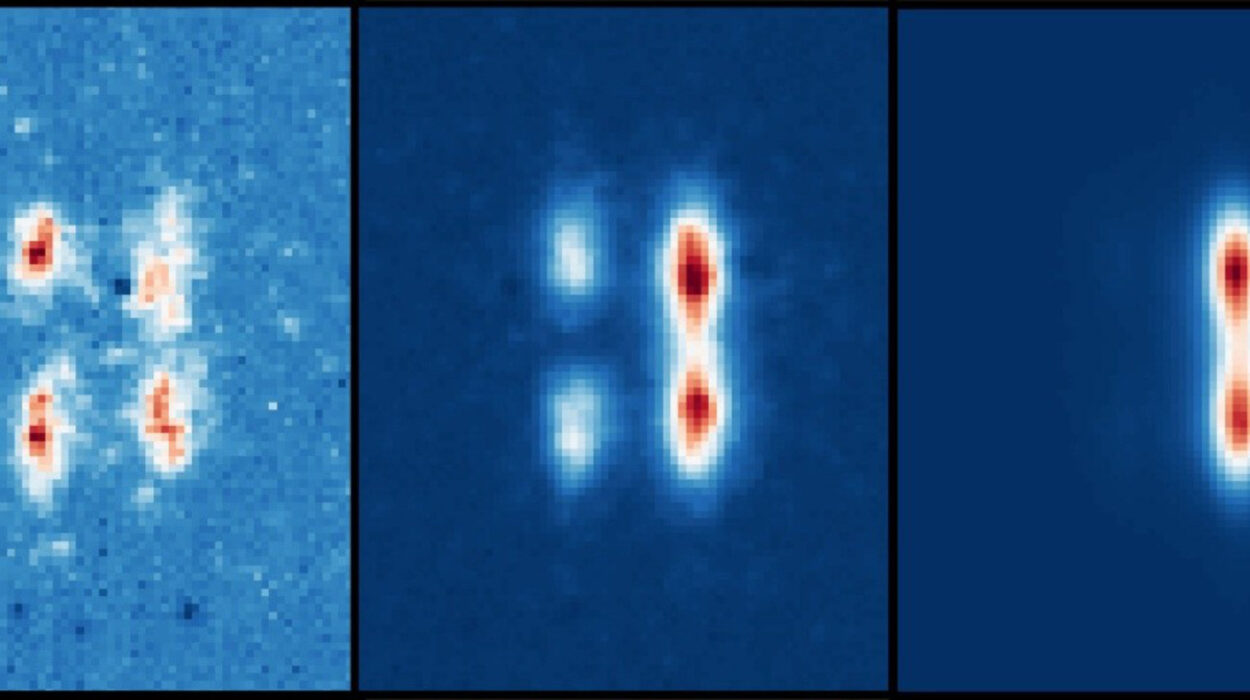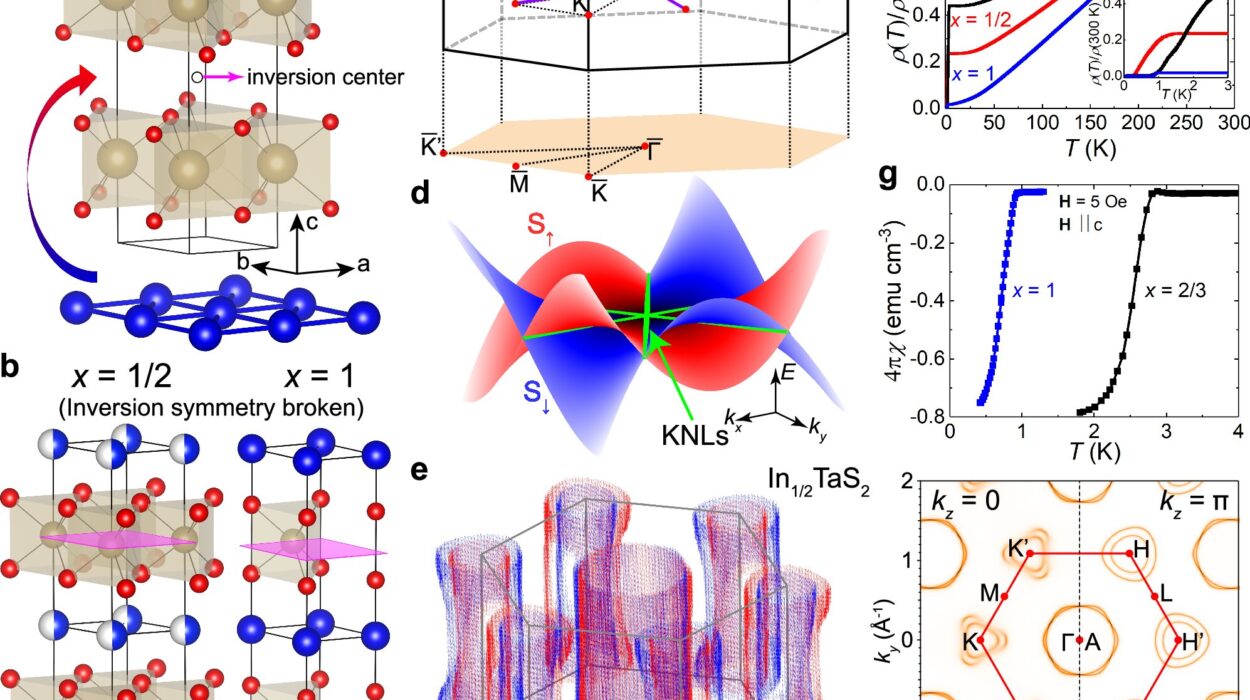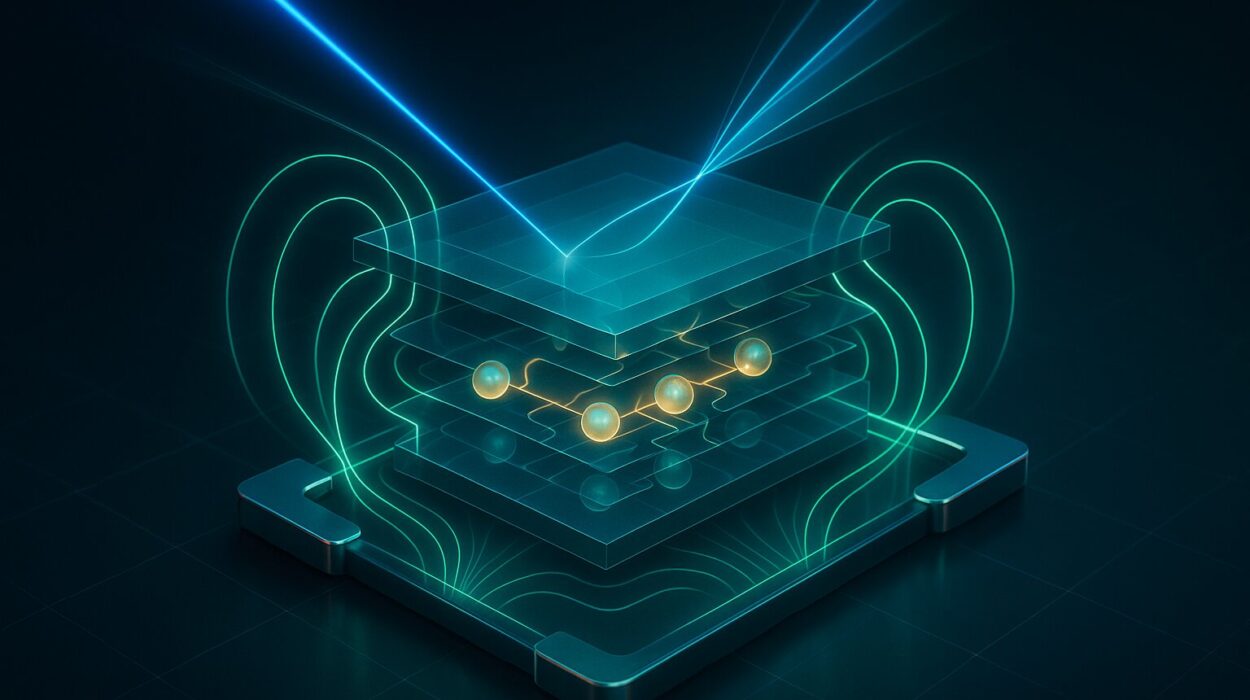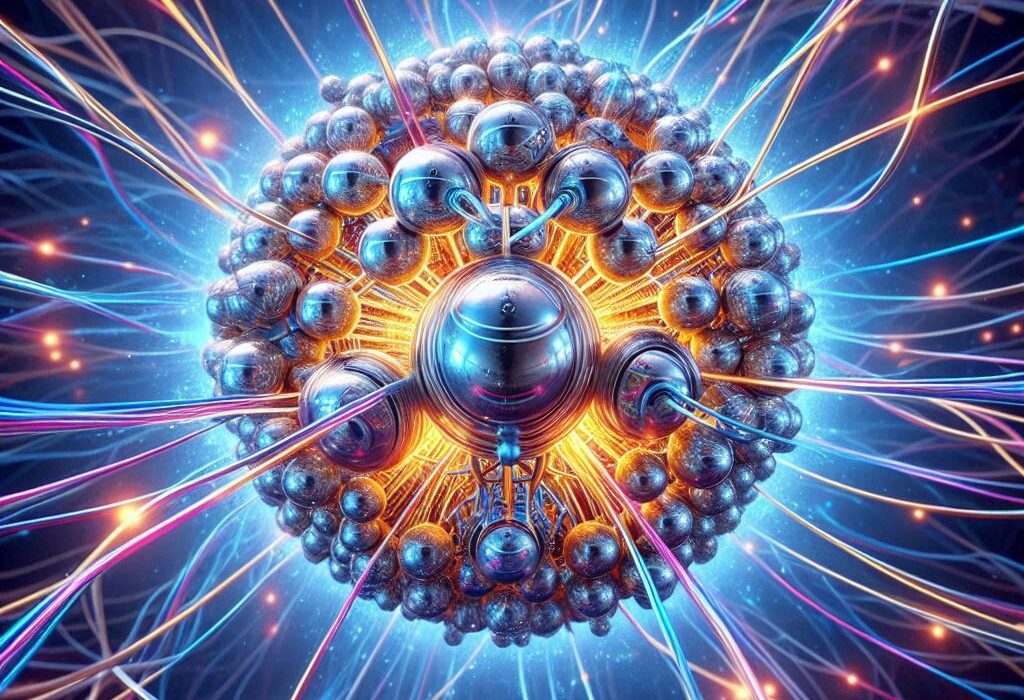In the increasingly intricate realm of quantum physics, one tantalizing question has kept theorists and experimentalists awake at night: how do we extract usable energy—work—from the elusive, rule-defying processes of quantum systems? This question is not just philosophical. It holds the key to next-generation technologies like quantum computers, high-efficiency batteries, and even the quantum engines of tomorrow. At the intersection of two emerging scientific frontiers—quantum thermodynamics and non-Markovian dynamics—a groundbreaking theoretical framework now reveals a surprising truth: memory in quantum systems isn’t just noise or background detail. It might actually be a resource.
A collaboration between researchers at the University of Nottingham and the University of São Paulo has created a new roadmap for navigating this unexplored territory. Their work, published in Physical Review Letters, proposes that non-Markovianity—the hallmark of systems that remember their past—can be harnessed to extract more work than was previously thought possible. This is not only a conceptual shift but also a critical step forward in designing future quantum machines.
Rethinking Quantum Work: Beyond the Markovian Mindset
Traditionally, thermodynamics in the classical sense has no place for memory. Processes are assumed to forget their past—the so-called Markovian assumption. But quantum systems are strange beasts. Their histories can bleed into the present, influencing future outcomes in subtle and often powerful ways. This phenomenon, called non-Markovianity, adds layers of complexity to system behavior but also, as it turns out, offers untapped potential.
Until recently, quantum thermodynamics and non-Markovian dynamics had been explored largely in isolation. Quantum thermodynamics focused on how to define and optimize energy exchanges in quantum systems, typically treating them as “memoryless” for simplicity. On the other side, studies on non-Markovianity dug into how past interactions affect quantum evolution but often sidestepped questions about energy or efficiency.
This is where the new framework by Guilherme Zambon, a Ph.D. student from São Paulo, and Professor Gerardo Adesso at Nottingham comes in. By unifying these two domains, they didn’t just connect dots—they revealed an entirely new picture.
A Meeting of Minds and Theories
The collaboration began when Zambon received a FAPESP grant to spend a year with Adesso’s research group. Their shared fascination with thermodynamics as a “resource theory”—an approach that sees thermodynamic quantities like energy and entropy as currencies that can be spent or saved—led them to wonder: What happens if you spend this currency in a system that remembers?
Using the process tensor framework, which models quantum processes over multiple time steps, they formulated a rigorous method to evaluate work extraction strategies in systems with memory. The centerpiece of their theory is the concept of quantum combs, mathematical tools that structure sequences of quantum operations and their correlations in time. Within this architecture, they introduced a hierarchy of four strategies for work extraction, each increasingly capable—but also increasingly dependent on the memory effects embedded in non-Markovianity.
The Power of the Past: Memory as a Thermodynamic Advantage
This hierarchy wasn’t just theoretical flair. It carried profound implications.
In Markovian systems—those with no memory—the hierarchy collapses. No matter how fancy your extraction strategy is, it won’t outperform the simplest method: extracting work at each time step as if it were isolated. But in non-Markovian systems, each layer in the hierarchy reveals an increasing advantage, rooted in the system’s ability to “remember” and use past correlations.

These memory effects, the researchers showed, can be harnessed to increase the amount of work extracted from the system. The more non-Markovianity a system exhibits, the greater this potential. And crucially, they didn’t just say this qualitatively. They quantified it. Using a geometric measure of non-Markovianity—developed previously by Zambon—the team was able to set bounds on how much extra work could be gained based on the memory strength.
This transforms non-Markovianity from a complicating factor into an asset. Where older models might see memory as noise to be eliminated or ignored, this work reframes it as a resource—one with direct practical utility.
From Theory to Technology: The Dawn of Quantum Machines with Memory
This framework doesn’t live in a vacuum of pure mathematics. Its implications ripple outward into the realm of quantum technology. Think about quantum batteries—systems designed to store and release energy at the smallest possible scale. Understanding how memory can increase work extraction could inform how these batteries are charged and discharged, making them more efficient or even enabling entirely new operational modes.
Similarly, in quantum computation, every logical operation comes at an energy cost. By understanding the thermodynamic consequences of non-Markovian dynamics, researchers might one day build processors that exploit memory effects to perform computations more energetically efficiently, perhaps reducing the overhead that currently limits scalability.
The potential extends further into the development of quantum heat engines, refrigerators, and even bio-inspired technologies. In nature, many biochemical processes—like photosynthesis or neural signaling—occur in noisy, open systems that are inherently non-Markovian. Could these natural systems be secretly optimized for work extraction? The framework offered by Adesso and Zambon might one day help scientists answer that.
The Reversible Puzzle: Can We Walk It Back?
One of the most intriguing questions that the researchers are now asking is whether their most efficient strategy for work extraction is reversible. That is, if you can extract maximum work from a quantum process using memory effects, can you then use that same amount of work to recreate the process? Or does the arrow of thermodynamic time remain strictly one-way?
This question isn’t just academic. Reversibility lies at the heart of many technologies, from engines to computation. If certain quantum processes are shown to be reversible under thermal operations, it could redefine how we think about the cost of information and the ultimate limits of quantum machines.
The Path Forward: Experiment and Application
Zambon and Adesso are not content to leave their ideas in the abstract. The next step is experimental validation. They are exploring the possibility of using nuclear magnetic resonance (NMR) systems—often used in medical imaging—as testbeds for these quantum thermodynamic strategies. These systems are ideal because they allow precise control and measurement of quantum states over time, making them perfect for investigating memory effects.
Beyond this, the team wants to dive deeper into real-world applications. How can these insights improve energy storage systems? Can we use them to better understand biological energy transfer? Or even build more efficient quantum computers?
One particularly exciting avenue is the thermodynamics of quantum computation—understanding how much energy is used or lost during specific computational processes. By applying their framework, the team hopes to define tighter bounds and perhaps even unlock new operational paradigms that would make future quantum computers not just more powerful, but more sustainable.
A New Language for Quantum Thermodynamics
Ultimately, this research doesn’t just offer a new tool—it proposes a new language for thinking about quantum thermodynamics. One where memory isn’t merely tolerated, but actively used. One where energy and information aren’t isolated silos but part of the same evolving conversation. And one where the future of quantum technology becomes more tightly linked to its past.
In the words of Gerardo Adesso, the most exciting takeaway is “the hierarchy of work extraction strategies enabled by non-Markovianity.” In other words, memory isn’t just a record—it’s a ladder. And if we know how to climb it, we might just reach a new frontier in our understanding of energy, computation, and the quantum world.
The paper doesn’t just answer a question—it opens a door. And on the other side of that door lies the potential for smarter machines, cleaner energy, and deeper insights into the fabric of the universe. With memory as our ally, the quantum future may be even more powerful than we imagined.
Reference: Guilherme Zambon et al, Quantum Processes as Thermodynamic Resources: The Role of Non-Markovianity, Physical Review Letters (2025). DOI: 10.1103/PhysRevLett.134.200401.






